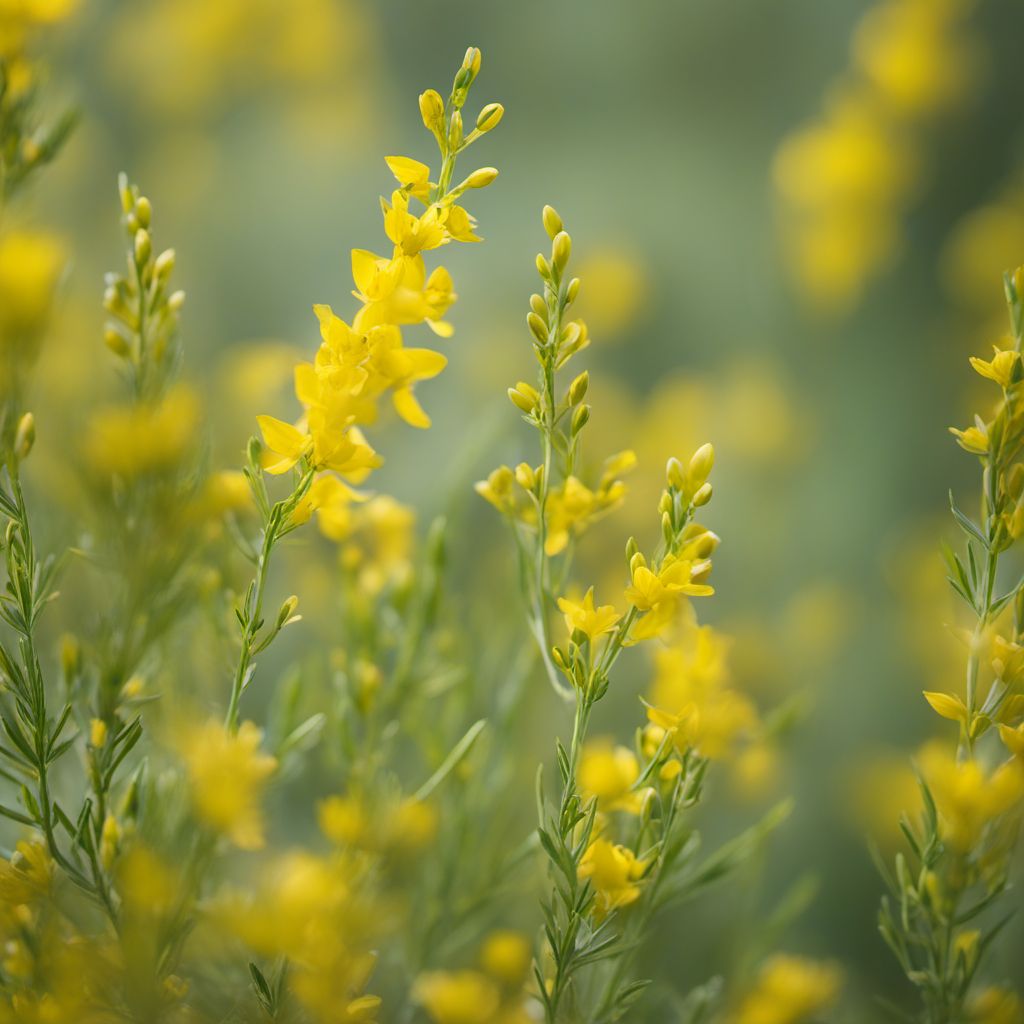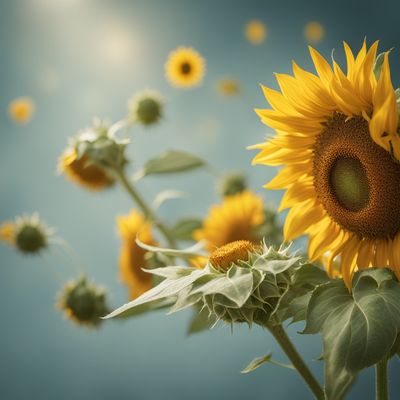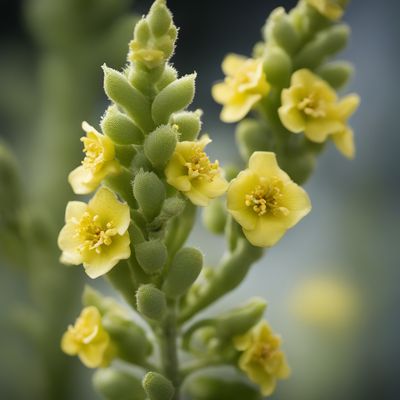
Ingredient
Dyer’s broom infusion flowers
The Vibrant World of Dyer's Broom Infusion Flowers
Dyer's broom infusion flowers, scientifically known as Genista tinctoria, are small yellow flowers that belong to the legume family. They have a delicate appearance with clusters of flowers growing on long, slender stems. The flowers are known for their vibrant yellow color, which can range from pale yellow to deep golden hues. The texture of the flowers is soft and velvety, and they have a subtle fragrance reminiscent of honey. When dried, the flowers retain their color and can be used for various purposes, including dyeing fabrics and creating natural pigments for artistic endeavors.
Origins and history
Dyer's broom infusion flowers have a rich history dating back centuries. Native to Europe and parts of Asia, they have been used for their dyeing properties since ancient times. The flowers were highly valued by ancient civilizations, including the Greeks and Romans, who used them to create vibrant yellow dyes for textiles. During the Middle Ages, dyers guilds in Europe prized the flowers for their ability to produce a range of yellow shades. Today, Dyer's broom infusion flowers continue to be cultivated and used by artisans and natural dye enthusiasts around the world.
Nutritional information
Dyer's broom infusion flowers are primarily used for their dyeing properties and are not typically consumed for nutritional purposes.
Allergens
There are no known allergens associated with Dyer's broom infusion flowers.
How to select
When selecting Dyer's broom infusion flowers, look for vibrant yellow flowers that are free from blemishes or signs of wilting. Choose flowers that have been harvested at their peak to ensure the best color and dyeing results.
Storage recommendations
To maintain the freshness and quality of Dyer's broom infusion flowers, store them in a cool, dry place away from direct sunlight. Dried flowers can be stored in airtight containers to prevent moisture absorption and preserve their vibrant color.
How to produce
Dyer's broom infusion flowers can be grown by amateur gardeners in well-drained soil and full sun. They are relatively low-maintenance plants that thrive in temperate climates. Sow the seeds in early spring or late summer, and provide regular watering to establish healthy plants. Harvest the flowers when they are in full bloom for optimal dyeing results.
Preparation tips
To use Dyer's broom infusion flowers for dyeing, prepare an infusion by steeping the flowers in hot water for several hours or overnight. Strain the liquid and use it to dye fabrics or create natural pigments for painting. Experiment with different concentrations and dyeing techniques to achieve desired colors and effects. It is important to note that Dyer's broom infusion flowers are not suitable for consumption.
Culinary uses
Dyer's broom infusion flowers are primarily used for dyeing purposes and are not commonly used in culinary applications.
Availability
Dyer's broom infusion flowers are commonly available in Europe, particularly in regions where natural dyeing traditions are still practiced. They can also be found in some specialty stores or online for those interested in natural dyeing.
More ingredients from this category » Browse all

Horse-chestnut infusion flowers
The Delicate Beauty: Exploring Horse-Chestnut Infusion Flowers

Hawthorn infusion flowers
"Nature's Heart-Boosting Elixir: Exploring the Delicate Beauty of Hawthorn Infusion Flowers"

Sunflower infusion flowers
The Floral Elixir

Mullein infusion flowers
"Nature's Soothing Elixir: Mullein Infusion Flowers"

Sandy everlasting infusion flowers
The Fragrant Blooms: Sandy Everlasting Infusion Flowers

Mallow infusion flowers
The Delicate Elegance: Discovering the Beauty of Mallow Infusion Flowers

Cat’s foot infusion flowers
The Delicate Elixir: Unveiling the Secrets of Cat’s Foot Infusion Flowers

Red clover infusion flowers
The Healing Power of Red Clover Infusion Flowers

Larkspur infusion flowers
The Delicate Elixir: Larkspur Infusion Flowers

Black locust infusion flowers
The Fragrant Elixir of Black Locust

Cowslip infusion flowers
The Delicate Elixir of Cowslip

Bee balm infusion flowers
The Floral Elixir: Bee Balm Infusion Flowers